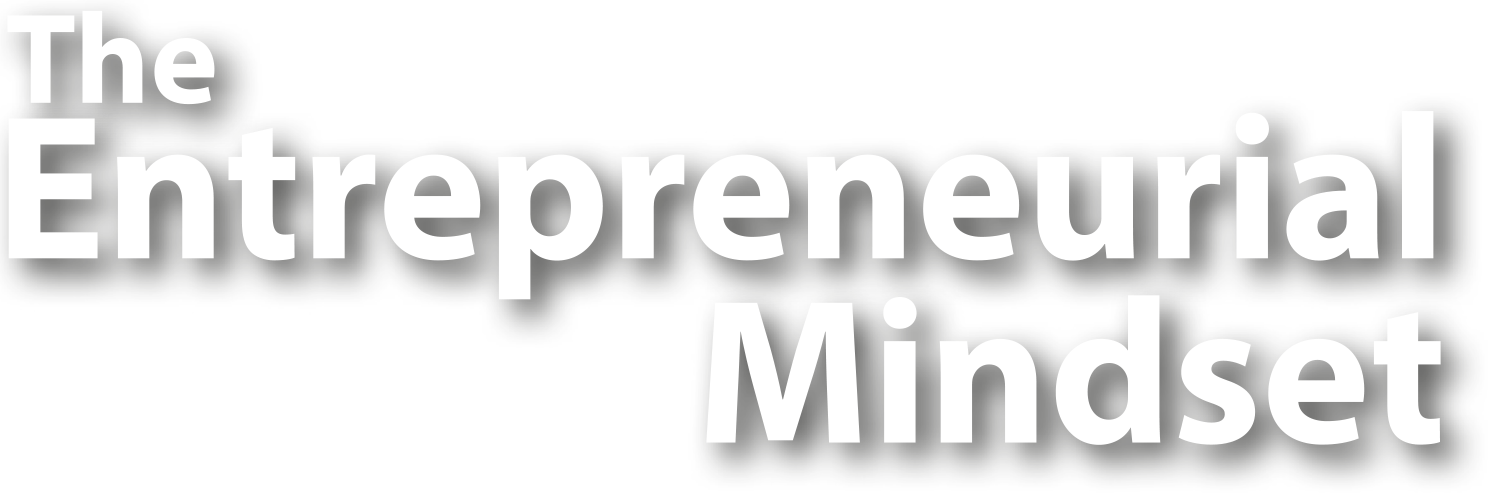

or the past 30 years, I’ve pursued the answer to this question: “What distinguishes the best entrepreneurs and innovators from the rest of us?”
I’ve done this as a startup entrepreneur in Silicon Valley and as a corporate entrepreneur launching and building new businesses throughout the world. For the past 15 years, I’ve both studied and taught entrepreneurship and innovation at UC Berkeley, and have also taught entrepreneurs, executives and policy-makers around the world.
Throughout the past several decades, our understanding of the practice of entrepreneurship has evolved substantially. We have identified habits, techniques and tools successful entrepreneurs employ that aspiring entrepreneurs and innovators can emulate to improve their own odds. These proven approaches provide a definitive answer to the oft-asked question whether or not entrepreneurship can be taught. While a semester studying entrepreneurship with me may not turn you into the next Jeff Bezos, Jack Ma or Richard Branson, your chances of success will definitely be better than when you started.
We’ll come back to these frameworks, along with insights into the mindset of entrepreneurs. But first, a quick detour into the land of innovation.
- Innovation is developing something new and better, with the potential to drive significant value for customers, partners and your organization. Innovations include concepts, processes, products and services.
- Entrepreneurship is all about putting innovation to work. It is taking those insights and making them real by assembling resources, building products and generating revenues.
Innovation and entrepreneurship go hand in hand. First, we develop innovative insights, then we deploy our entrepreneurial skills to create maximum impact and generate value.
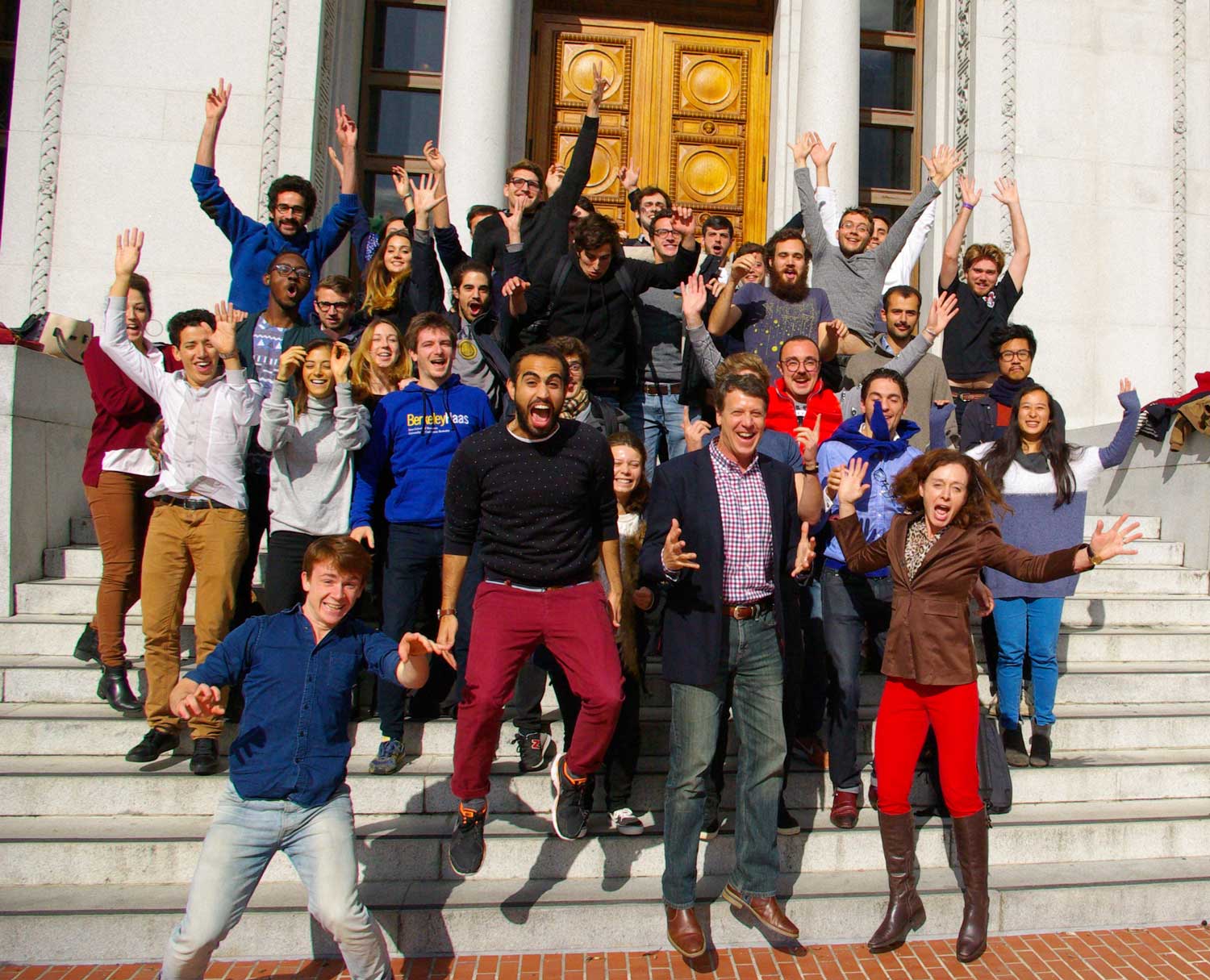
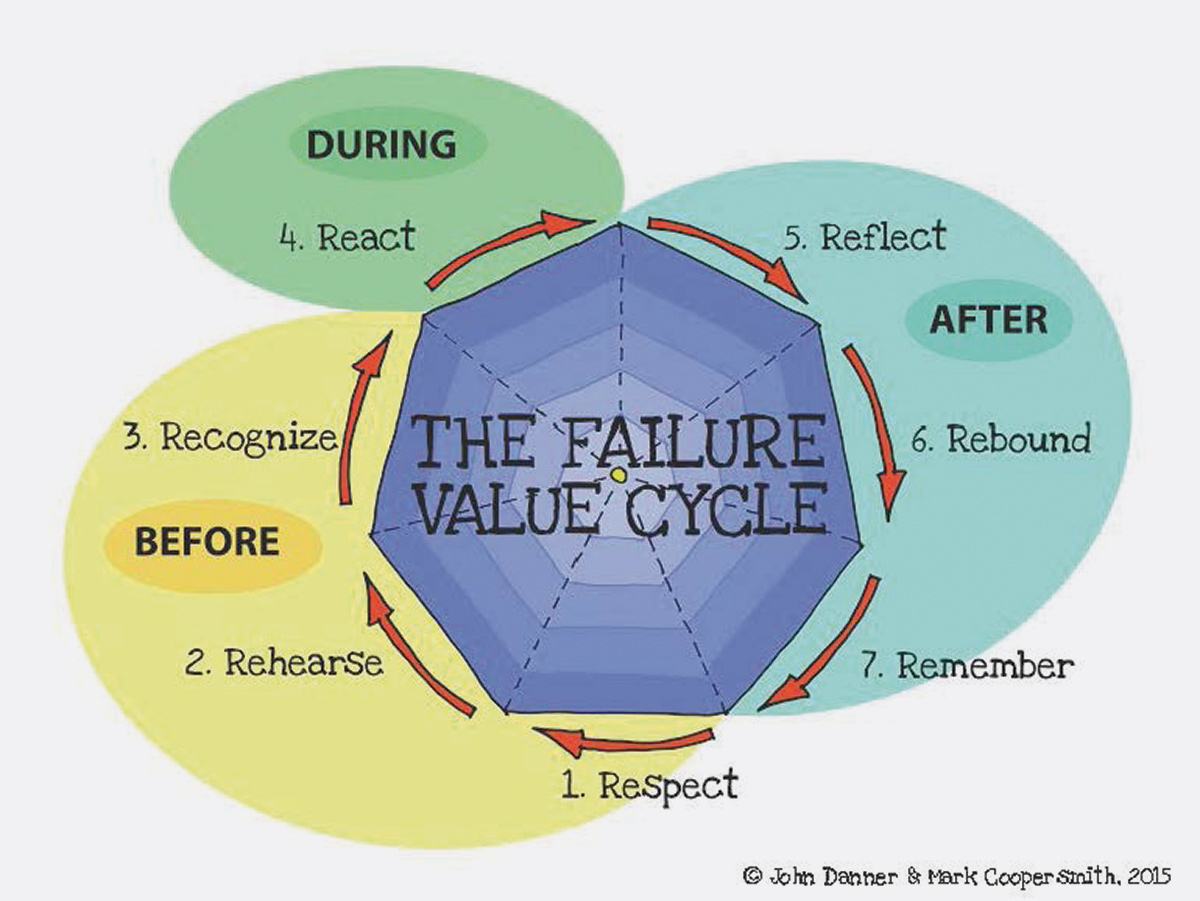
- Respect the fact that failure happens a lot, especially for those who innovate
- Rehearse for those failures that may create existential threats
- Recognize failures early, including with specialized metrics and systems
- React quickly and take ownership when failures happen to quickly limit damage
- Reflect thoughtfully on what happened and why to extract valuable insights
- Rebound with a decisive plan once the failure is well understood
- Remember those failures with stories, relics, systems and culture to avoid repeats
My basic innovation equation looks like this:
- if you want to innovate, you need to try new things;
- when you try new things, some of them will work and some of them won’t;
- the more innovation you want, the more “new things” or risk you need to incorporate; so…
- the more innovation you want, the more failure you must also be willing to assume.
Successful entrepreneurs understand this. They know that many of the ventures they launch will fail. Venture capitalists understand this as well. That’s why VCs create portfolios comprised of many startups knowing that, while some of their ventures will fail, those that succeed will (hopefully) deliver returns that more than make up for other losses.
The overarching message of our book is that, whatever the size of your organization, developing a more productive relationship with failure will open up a path to greater innovation and growth, more engaged employees and teams, and greater success in the long run.
If the observation regarding more engaged employees and teams seems counterintuitive, it evolves from work we did with The Great Place to Work Institute. It works something like this: If the occasional failure in the workplace, especially while undertaking new initiatives, is not punished by a loss of status or job, then trust is created between boss and employees and between co-workers. This leads to improved team dynamics and more engaged employees. It results in employees who feel empowered to solve problems and innovate within whatever guidance you provide.

Being a failure-savvy leader does not mean you accept failure in every part of your organization. There are clearly places it is unacceptable to fail. These “no-fail zones” include areas where Six Sigma should reign, such as the production line of a pharmaceuticals company or the control room of a nuclear power plant.
But when it comes to innovating in your product lines, business models, customer relationships and marketing strategies, if you’re not failing some of the time then you are probably playing it too safe.
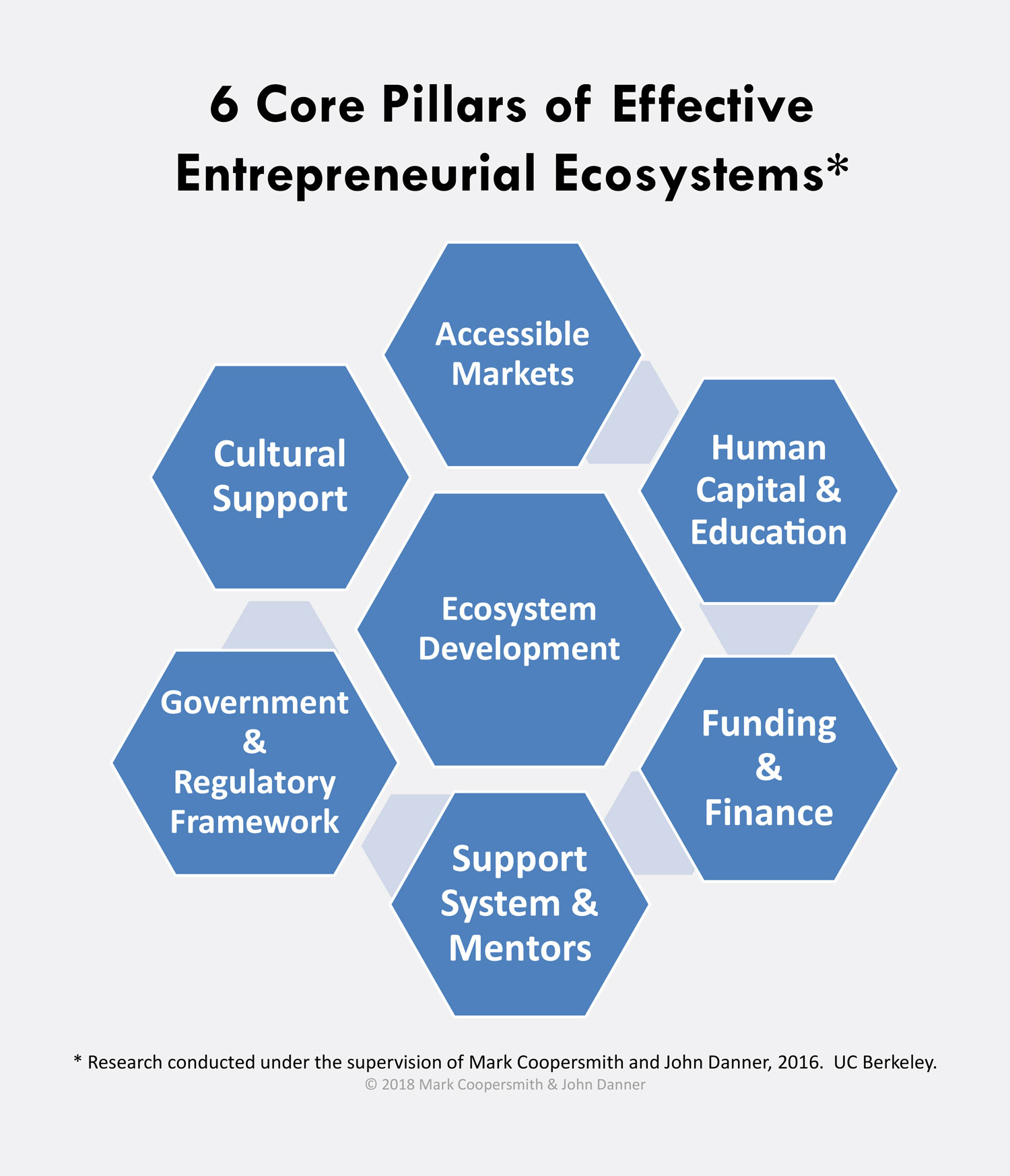
The Toolset represents the “what,” frameworks and models that entrepreneurs and teams utilize to frame and execute their activities and steps. Tools include frameworks for customer personas, customer discovery and development, the customer lifecycle, competitive positioning and different structures for business models. The Skillset represents the “how,” putting the tools to work through processes, methodologies and techniques. This includes how to look at markets and customers, rapid prototyping, market segmentation, launching into tightly defined beachhead markets, growth hacking, creating a great customer experience and storytelling and pitching your venture.
And then there is the Mindset of the entrepreneur…
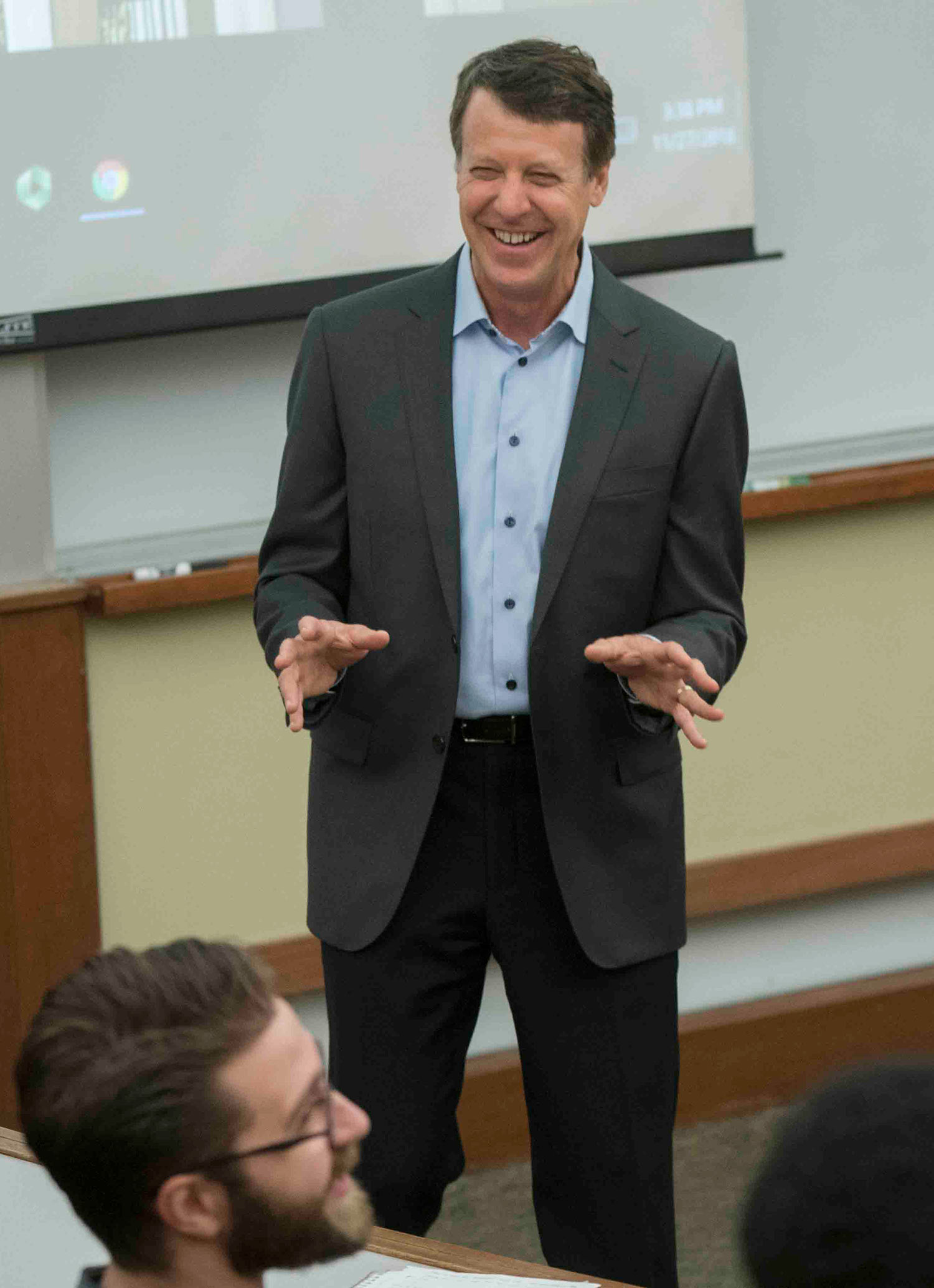

- Bias to action: Every strategy and plan is merely a set of hypotheses until put into action, and that’s what good entrepreneurs do. Markets change quickly, customer preferences evolve, technology and products have accelerated lifecycles and competitors are nimble and fast.
- Experiment, experiment, experiment: The best way to test assumptions is to run lots of experiments. Prototype and receive feedback on different versions of your product and pricing. Compare channels and partners. Test ads and offers. Track metrics for all of these.
- Welcome and create change: Entrepreneurs thrive on change. Change, in technology, platforms and infrastructure, trends, demographics, laws and regulations, creates opportunities. Incumbents who don’t respond effectively to change quickly find themselves flanked by fast-moving competitors.
- Optimistic: Entrepreneurs expect positive outcomes, even though we know 80% of startups fail. We expect our startup will beat the odds and succeed, one way or another. Plus, we are leaders and team builders, and who wants to follow a pessimist?
- Resourceful: Most startups begin with an idea, a vision and very little else. Typically missing from this equation are capital, products and customers. Entrepreneurs find a way to attract all of these and more, building great companies from humble starts.
- Intensely curious: In addition to running experiments all the time, entrepreneurs consume huge amounts of information and look for patterns in their sector and elsewhere. We read voraciously, our inboxes are filled with newsfeeds and we attend many events and ask lots of questions.
- Understand and manage risk: One common concept of entrepreneurs is that we are risk-takers. While that is true on some levels, the best entrepreneurs are really experts at managing risk, figuring out how to de-risk ventures at every phase. We run experiments to see what works and what doesn’t. We raise capital in stages, risking less capital in early rounds. We are disciplined in how we go to market, succeeding in small beachhead markets before expanding our efforts.
- Failure-savvy: Successful entrepreneurs try to fail in ways that provide insights into markets, problems, products and customers—and that don’t kill the company. We know that today’s failure is a lesson for tomorrow.
- Know our customer: Entrepreneurs talk to customers every day and know them intimately. We understand our customers’ experiences and the customer lifecycle. When someone says, “I don’t talk to customers, I have people for that,” they are clearly not an entrepreneur.
- Ask for forgiveness, not permission: Entrepreneurs constantly try new things and aren’t afraid to break a few rules. We enter markets in unconventional ways (see Uber). We drive changes in industries, channels, customer habits, regulations and laws. Surprisingly, this approach can also be effective inside large enterprises when corporate entrepreneurs know how to manage risk and manage their stakeholders.
Do you see yourself in some of these? I hope so. Go out and break some rules!

Coopersmith’s entrepreneurial students have launched more than 100 ventures.
Coopersmith’s entrepreneurial students have launched more than 100 ventures.